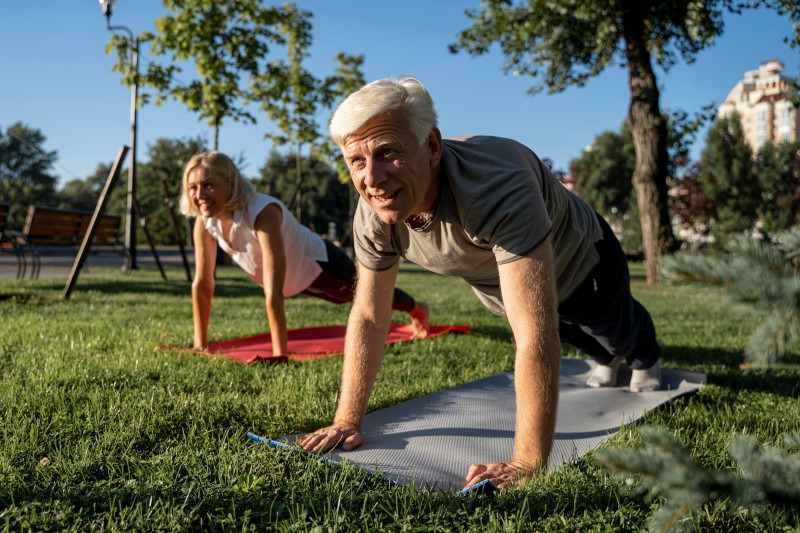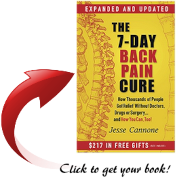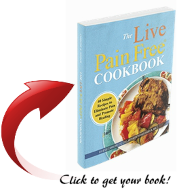Maintaining a strong core can significantly contribute to pain relief and pain management, especially in areas like the lower back, which is a common source of discomfort for many people, especially as we age. While I am not a healthcare professional, my passion for research and commitment to empowering others drive me to delve into topics related to wellness. On today’s article, I aim to share valuable insights into core-strengthening exercises, with emphasis on the aging population. This information is a starting point for your own exploration and due diligence.

Image by Freepik
Here are specific strategies tailored to aging individuals seeking pain relief and pain management through core strength:
- Focus on Core-Strengthening Exercises:
- Low-Impact Exercises: Engage in low-impact core exercises to avoid strain on joints. Activities like water aerobics, swimming, and gentle yoga can be excellent choices.
- Physical Therapy: Consult a physical therapist for personalized core exercises that cater to your specific needs and pain areas. They can design a program that considers your pain levels and gradually builds core strength.
- Emphasize Proper Posture:
- Posture Awareness: Maintain good posture to reduce strain on your back and core muscles. Be mindful of your posture while sitting, standing, and walking. Strengthening your core muscles can help you support a straight posture naturally.
- Ergonomic Support: Use ergonomic chairs and supportive mattresses to promote good posture and reduce strain on your back.
- Incorporate Flexibility and Mobility Exercises:
- Stretching: Regular stretching exercises, especially those targeting the lower back and hip flexors, can alleviate muscle tightness and improve flexibility.
- Mobility Work: Include exercises that improve the mobility of your spine and hips. Gentle twists and rotations can be particularly beneficial for reducing back pain.
- Mind-Body Practices:
- Yoga and Tai Chi: These mind-body practices emphasize core strength, balance, and flexibility. They are gentle on the joints and can help manage pain while enhancing overall body strength.
- Meditation and Relaxation: Stress and pain often go hand in hand. Mindfulness meditation and relaxation techniques can help manage chronic pain by promoting relaxation and reducing stress.
- Maintain a Healthy Weight:
- Weight Management: Maintaining a healthy weight is crucial. Excess weight, especially around the abdomen, can strain the lower back. A balanced diet and regular exercise can help manage your weight effectively.
- Stay Hydrated and Nourished:
- Hydration: Proper hydration is essential for the health of your intervertebral discs and muscles. Drink enough water throughout the day to keep your body well-hydrated.
- Nutrition: Consume a balanced diet rich in anti-inflammatory foods. Omega-3 fatty acids, found in fish and certain nuts, have natural anti-inflammatory properties.
- Regular Physical Activity:
- Consistent Exercise: Engage in regular, low-impact exercises. Even activities like walking can strengthen your core and improve overall fitness.
- Pain-Free Movement: Listen to your body. If an exercise causes pain (beyond normal muscle fatigue), modify, or stop the activity and consult a healthcare professional.
- Professional Guidance:
- Healthcare Providers: Consult healthcare providers, physical therapists, or certified trainers who have experience working with individuals dealing with pain. They can provide tailored exercises and techniques to manage pain effectively.

Always consult with your healthcare provider before starting a new exercise program, especially if you have existing health conditions or chronic pain. They can provide specific guidance tailored to your health status and pain management needs.
To Your Success & Freedom,
Glenn Shimabukuro



